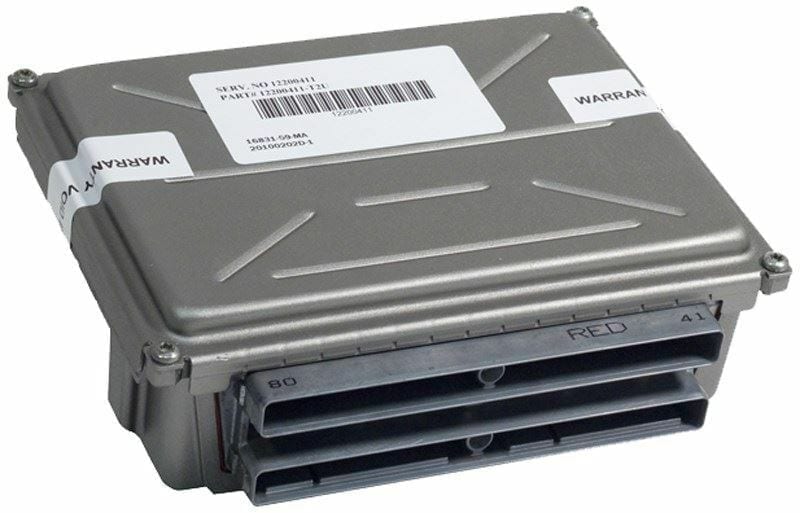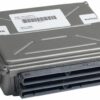Is Your GM Truck or Van Running Rough?
If your 2001-2002 GM vehicle is experiencing perplexing issues like stalling, poor fuel economy, a persistent check engine light, or a complete no-start condition, the culprit is often a failing Powertrain Control Module (PCM). As the central computer, the PCM is responsible for managing everything from fuel delivery and ignition timing to transmission shifts. When it begins to fail, it can create a cascade of problems that are frustrating to diagnose and can leave your vehicle unreliable.
This isn’t just another part; it’s a comprehensive solution. We provide a high-quality replacement PCM, part number 52369718, that is professionally programmed to your vehicle’s specific Vehicle Identification Number (VIN). This critical step ensures that the module communicates perfectly with all other systems in your truck or van, restoring its original performance and reliability without a costly trip to the dealership.
Diagnosing a Faulty Powertrain Control Module
A failing PCM can manifest in numerous ways, often mimicking other component failures. If you’re experiencing any of the following symptoms, your PCM should be a primary suspect. This is especially true if you see diagnostic trouble codes (DTCs) like P0601, P0602, P0604, or P0606, which point directly to an internal module fault.
- ✔ Check Engine Light is on with PCM-specific error codes.
- ✔ The engine cranks but refuses to start.
- ✔ Unexplained stalling or rough idling.
- ✔ Noticeable decrease in fuel efficiency.
- ✔ Harsh or erratic automatic transmission shifting.
- ✔ Communication errors with your OBD-II scan tool.
- ✔ Intermittent issues that seem to have no clear cause.
Your Direct-Fit Solution: The 2001-2002 Express 3500 PCM
Don’t let a faulty computer keep your vehicle off the road. Our replacement PCM is the most reliable and straightforward way to solve these complex electronic issues. We take the guesswork out of the repair by pre-programming the unit with the latest GM-certified software updates specifically for your VIN. This ensures compatibility and optimal performance. This module is a direct replacement for several part numbers, including 12200411, 12201281, 12576160, and 52369718, and fits a wide array of popular GM vehicles from the era, including the Chevrolet Silverado, GMC Sierra, Tahoe, Yukon, Suburban, and many more.
The installation process is simple for a DIY mechanic or a professional technician. Once you receive the module, you simply disconnect the vehicle’s battery, locate and swap the old PCM, and reconnect the battery. In most cases, a straightforward security relearn procedure is all that’s needed to get you back on the road, a process that typically takes about 10-15 minutes and requires no special tools.
Frequently Asked Questions
Do I need to have this PCM programmed by a dealer?
No. This PCM arrives at your door fully programmed to your vehicle’s VIN with the latest GM software. It is ready for installation right out of the box, saving you time and the high cost of dealer programming.
What information do you need from me?
After you place your order, you will need to provide us with your vehicle’s 17-digit VIN. This is essential for us to program the module correctly for your specific engine, transmission, and options.
Where is the PCM located on my vehicle?
On most 2001-2002 GM trucks and SUVs like the Silverado, Sierra, and Tahoe, the PCM is located on the driver’s side, under the battery tray, mounted to the frame rail. On vans like the Express and Savana, it’s typically found in the engine compartment on the driver’s side.
Will this fix my check engine light?
If your check engine light is caused by an internal failure of the PCM (codes like P0601, P0606, etc.), then yes, this will resolve the issue. However, if the light is on for other reasons, such as a faulty sensor, those issues will still need to be addressed separately.
Is a security relearn procedure required after installation?
Yes, in most cases, you will need to perform a simple security relearn procedure to sync the new PCM with your vehicle’s anti-theft system. This can typically be done by cycling the ignition key and does not require any special scan tools. We can provide easy-to-follow instructions.


